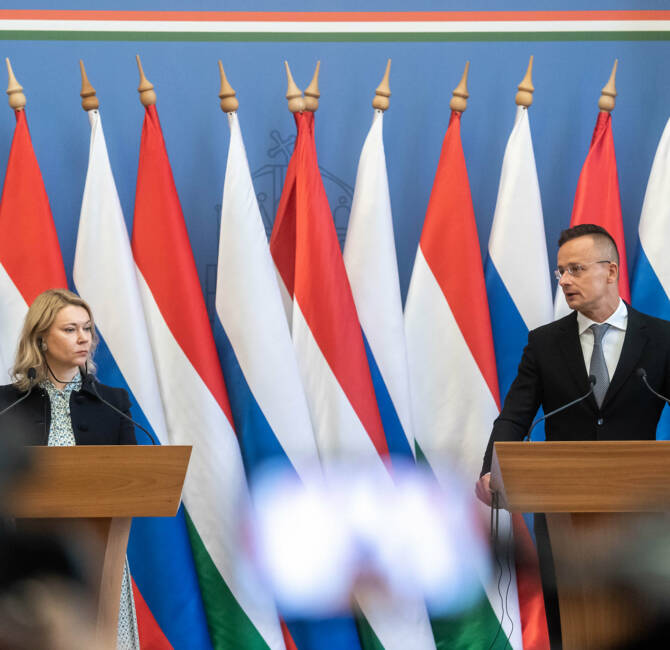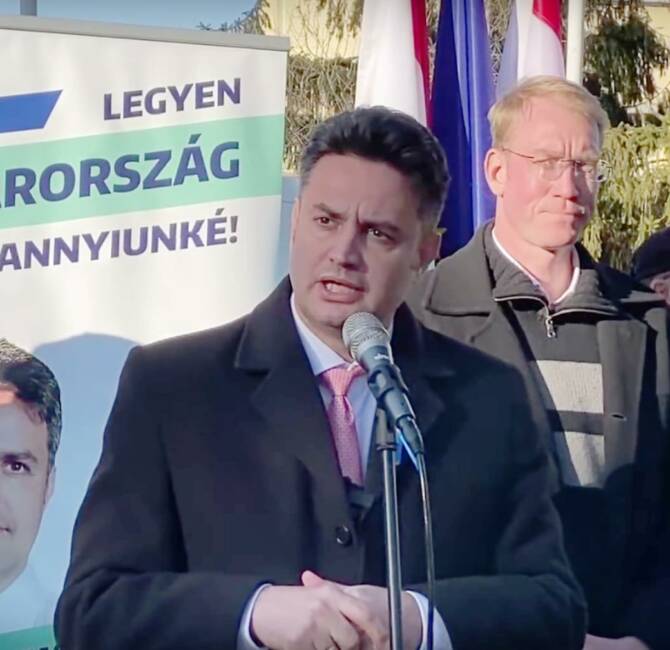Poland – On 19 October, a ceremony was held in South Korea to present the first K2 tanks and the first K9s, self-propelled 155 mm howitzers. Warsaw has ordered 212 of these howitzers this year, with deliveries scheduled to begin before the end of 2022 and to continue until 2026. As for the South Korean tanks ordered by Poland, 180 units are to be delivered over the period 2022–25. Eventually, the Polish army, which has been operating German Leopard tanks and tanks based on the Soviet T-72 model – in its old version and also in its modernized Polish PT-91 Twardy version – will have two types of tanks available: heavy M1A2 Abrams tanks, of American manufacture, and the lighter Korean tanks. Together with the units to be manufactured in Poland under contracts signed this year by Polish Defence Minister Mariusz Błaszczak, this makes 1,000 K2 tanks that Warsaw plans to acquire in addition to the 250 new Abrams tanks ordered from the US last year and the 116 second-hand Abrams hastily acquired this year to replace the 240 PT-91 Twardys and 200 T-72s given to Ukraine. As regards the South Korean self-propelled howitzers, including those to be produced in Poland, Warsaw plans to acquire a total of 600 units in addition to the Polish-made AHS Krab self-propelled howitzers also ordered by the Ministry of Defence to supplement its forces after having delivered some to Ukraine.
The Polish army now seems to be betting on a combination of American and South Korean equipment. The latter has been presented by the Polish authorities as being lighter versions based on American technologies, which supposedly makes them highly compatible with their American equivalents. In a contract also signed this year in the wake of Russia’s war with Ukraine, Poland ordered 48 FA-50 fighter jets from South Korea, a lighter version of the US F-16, of which Poland already has 48 units. These Korean aircraft will reinforce the Polish air force while it waits for the 32 F-35 fifth-generation aircraft ordered from the United States in 2020, whose deliveries are scheduled to begin only in 2026. Is it also a question of being able to free up its 28 Mig-29s of Soviet manufacture, but modernized since then, in order to hand them over to Ukraine? This is something we do not know. At the beginning of the war unleashed by Russia against its Ukrainian neighbour, Poland did not want to get involved alone in such a transaction…
While the self-propelled howitzers have a range of between 30 and 40 km, the Polish government also announced on Wednesday the signing of another contract with South Korea for the purchase of 288 K239 Chunmoo multiple rocket launchers, with a range of up to nearly 300 km depending on the ammunition used. It is the Korean equivalent of the American HIMARs that the Ukrainians have been using with very good results against Russian rear lines. Except that unlike its US equivalent, the K239 Chunmoo is available quickly, with deliveries staggered between next year (already 18 units) and 2028. Poland also bought 20 HIMARS multiple rocket launchers in 2019, but they will be delivered only in 2023, and with the war in Ukraine delivery times for new units have become even longer. The K239 Chunmoo will also be partly manufactured in Poland (and they will be mounted on Polish Jelcz trucks), as will be their rocket ammunition.
“The analysis of the war in Ukraine, and in particular the analysis of the Ukrainians’ effective defence against the Russian invasion, shows the great importance of artillery”, Błaszczak explained when announcing the contract for the Korean multiple rocket launchers on Wednesday.
It looks like we are witnessing the beginning of far-reaching military-industrial cooperation between Poland and South Korea at a time when Warsaw considers that it urgently needs to reinforce its army, and when only the Koreans seem to be in a position to respond quickly enough to this need with high-level equipment offering good compatibility in terms of ammunition, systems and training with the heavier US equipment already ordered by Poland. In addition, explains Mateusz Morawiecki’s government, the Koreans offer competitive prices and are very flexible in terms of technology transfers and relocating a significant part of the manufacturing to Poland.




